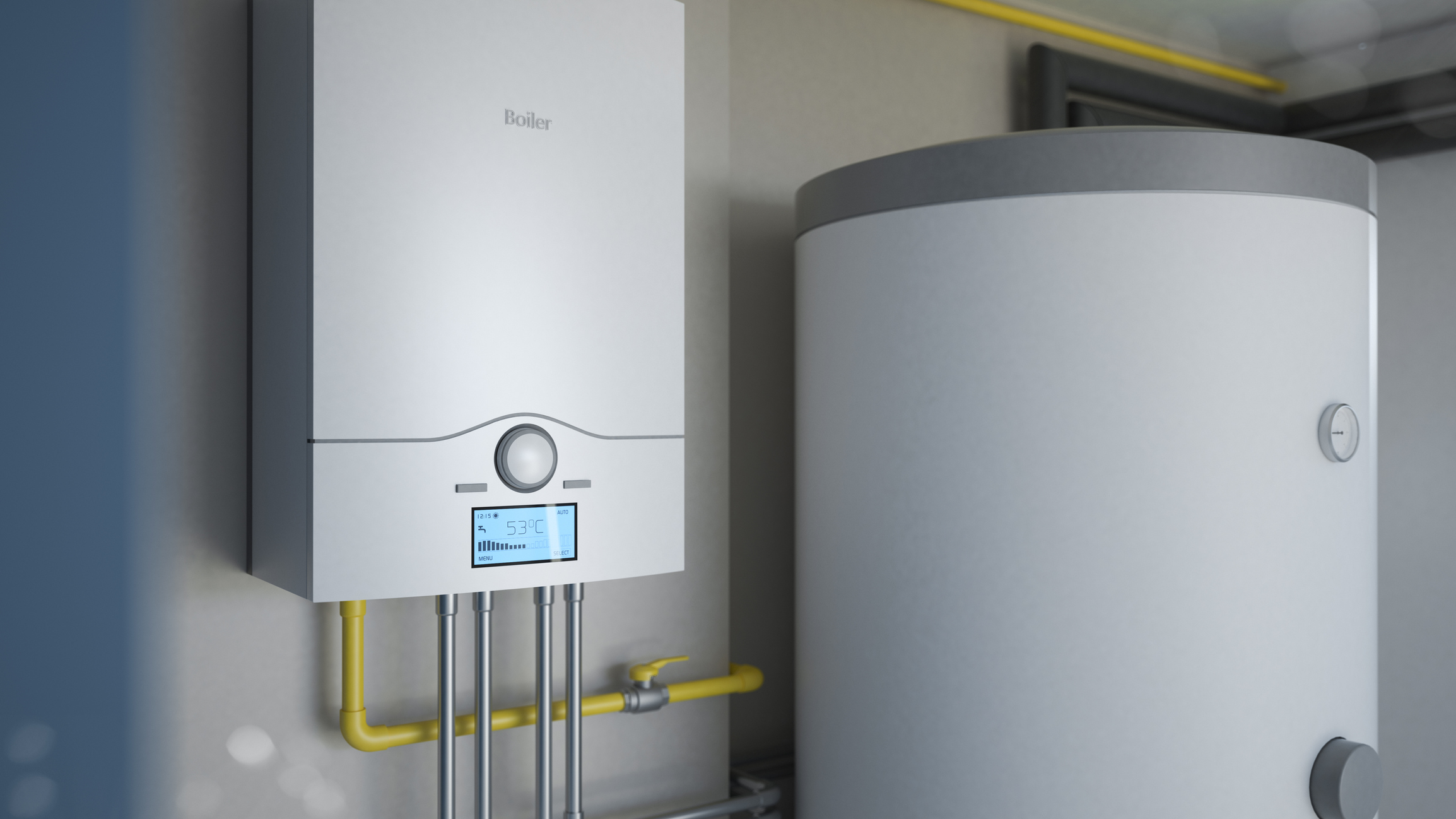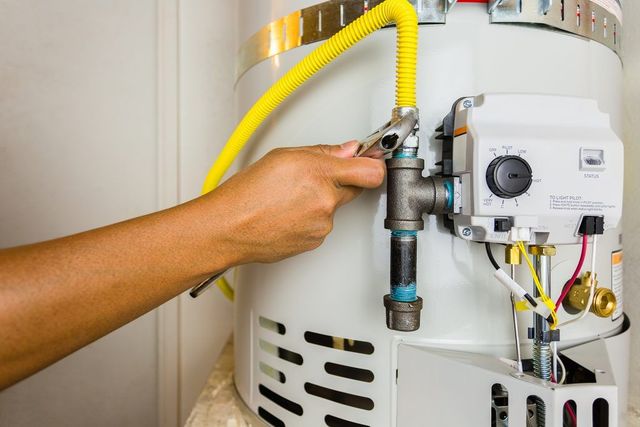Best Practices for Maintaining Your Home's Hot Water System
Best Practices for Maintaining Your Home's Hot Water System
Blog Article
The content down below involving Tips For Maintaining Your Hot Water Heater is without a doubt insightful. Read it yourself and see what you think of it.

Hot water is crucial for everyday convenience, whether it's for a refreshing shower or cleaning recipes. To ensure your warm water system runs efficiently and lasts longer, routine upkeep is essential. This post gives practical ideas and understandings on how to preserve your home's warm water system to stay clear of disruptions and expensive fixings.
Introduction
Preserving your home's warm water system might seem complicated, but with a few basic actions, you can ensure it operates efficiently for several years to come. This guide covers whatever from recognizing your hot water system to DIY maintenance ideas and recognizing when to call in expert assistance.
Relevance of Maintaining Your Hot Water System
Routine upkeep not just expands the life-span of your warm water system yet also ensures it operates effectively. Ignoring upkeep can bring about lowered performance, greater energy bills, and even premature failure of the system.
Indications Your Warm Water System Requirements Upkeep
Recognizing when your warm water system requires focus can prevent significant concerns. Keep an eye out for indicators such as inconsistent water temperature, strange noises from the heater, or rusty water.
Flushing the Water Heater
Flushing your hot water heater gets rid of debris build-up, boosting performance and lengthening its life.
Monitoring and Changing Anode Rods
Anode poles stop rust inside the storage tank. Checking and replacing them when worn is essential.
Complex Issues Requiring Professional Help
Instances include major leaks, electrical problems, or if your hot water heater is consistently underperforming.
Routine Specialist Upkeep Conveniences
Specialist upkeep can include comprehensive inspections, tune-ups, and guaranteeing compliance with safety criteria.
Evaluating and Changing Temperature Settings
Adjusting the temperature level setups makes sure optimal performance and safety and security.
Do It Yourself Tips for Maintenance
You can perform numerous maintenance tasks on your own to maintain your hot water system in top problem.
Checking for Leakages
Regularly check pipelines and connections for leaks, as these can lead to water damage and greater costs.
Comprehending Your Hot Water System
Before diving right into upkeep jobs, it's handy to comprehend the fundamental components of your hot water system. Typically, this consists of the hot water heater itself, pipes, anode rods, and temperature level controls.
Month-to-month Maintenance Tasks
Regular monthly checks can aid capture minor concerns before they escalate.
Checking Pressure Alleviation Valves
Checking the stress relief valve ensures it works correctly and protects against extreme pressure accumulation.
Insulating Pipelines
Insulating warm water pipelines minimizes warmth loss and can save power.
When to Call an Expert
While do it yourself maintenance is beneficial, some issues call for expert expertise.
Verdict
Regular maintenance of your home's warm water system is vital for performance, durability, and price savings. By following these pointers and knowing when to look for professional assistance, you can ensure a trustworthy supply of hot water without unforeseen disturbances.
Water Heater Maintenance: The Basics
Maintaining your water heater will ensure it operates efficiently and has a longer lifespan. Neglecting regular maintenance can lead to costly repairs and an even bigger chunk of your savings if you have to replace it sooner than necessary. But there’s good news: Most water heater maintenance tasks are relatively simple and easy for homeowners with basic DIY skills.
Flush the Water Heater
Over time, sediment and minerals can build up in the tank, reducing its efficiency and potentially causing damage. To flush the tank, turn off the power or gas supply, attach a hose to the drain valve near the bottom and open the valve to drain the water until it runs clear. Ideally, flush the tank annually.
Replace the Anode Rod
The anode rod is a sacrificial metal rod that helps prevent corrosion inside the tank. Inspect and replace it every three to five years or per the manufacturer's recommendation. To replace the anode rod, turn off the power or gas supply, drain a few gallons of water from the tank, unscrew the old rod and replace it with a new one. If the anode rod is significantly corroded or covered in calcium buildup, it's a sign the water heater may need to be replaced soon.
Tune-Up
A yearly tune-up can help identify potential issues and ensure your water heater operates at peak efficiency. This typically involves checking the thermostat, burner assembly (for gas heaters) and any other components specified by the manufacturer. During a tune-up, the technician may also clean the burner and adjust the pilot light (for gas heaters) or examine the heating elements (for electric heaters).
How to Maintain Your Water Heater
Insulate the tank. Insulating the tank can improve energy efficiency and reduce heat loss, saving you money on energy bills. You can purchase precut insulation blankets designed specifically for water heaters or use standard fiberglass insulation wrapped securely around the tank. Check the temperature. The recommended water temperature for most households is around 120 degrees Fahrenheit (49 degrees Celsius). Higher temperatures can increase energy costs and potentially cause scalding. Use a kitchen thermometer to check the temperature at the faucet nearest the water heater. Monitor water pressure. Excessive water pressure can strain the water heater and cause leaks or even tank failure. Install a pressure-reducing valve if necessary. The ideal water pressure range is between 60 and 70 PSI (pounds per square inch). Test the temperature and pressure (T&P) relief valve. The T&P relief valve is a safety feature that releases pressure if the tank gets too hot or the pressure builds up too high. Test it annually by lifting the lever and allowing a small amount of water to release. Replace the valve if it doesn't release water or reseal properly. Check for leaks. Regularly inspect the tank, pipes and fittings for leaks or corrosion. Deal with issues promptly to prevent further damage. Even a small leak can lead to significant water damage over time. Consider a tankless water heater. If your traditional tank-style water heater is nearing the end of its lifespan ( typically 10 years), consider replacing it with a tankless water heater. These units heat water on demand, reducing standby energy losses and potentially saving you money on your energy bills. Schedule professional maintenance. While homeowners can perform many water heater maintenance tasks, it's still a good idea to schedule professional maintenance every few years. A plumber or HVAC technician can thoroughly inspect the unit, identify potential issues and ensure it operates safely and efficiently. https://www.homeserve.com/en-us/blog/home-improvement/hot-water-heater-maintanence/

We had been made aware of that report on Tips on Maintaining a Water Heater from a pal on another web address. Enjoyed reading our blog entry? Please share it. Let another person locate it. I treasure reading our article about How to Maintain Your Water Heater & Prolong its Life.
Click For More Info Report this page